40 pytorch dataloader without labels
PyTorch Dataloader + Examples - Python Guides In this section, we will learn about how the PyTorch dataloader works in python. The Dataloader is defined as a process that combines the dataset and supplies an iteration over the given dataset. Dataloader is also used to import or export the data. Syntax: The following syntax is of using Dataloader in PyTorch: Data loader without labels? - PyTorch Forums The problem is that, there are no labels (doc_id is not a true label, it is just the id of the document). I have defined the class straightforward like in the example above:
Datasets & DataLoaders — PyTorch Tutorials 1.13.0+cu117 documentation PyTorch provides two data primitives: torch.utils.data.DataLoader and torch.utils.data.Dataset that allow you to use pre-loaded datasets as well as your own data. Dataset stores the samples and their corresponding labels, and DataLoader wraps an iterable around the Dataset to enable easy access to the samples.
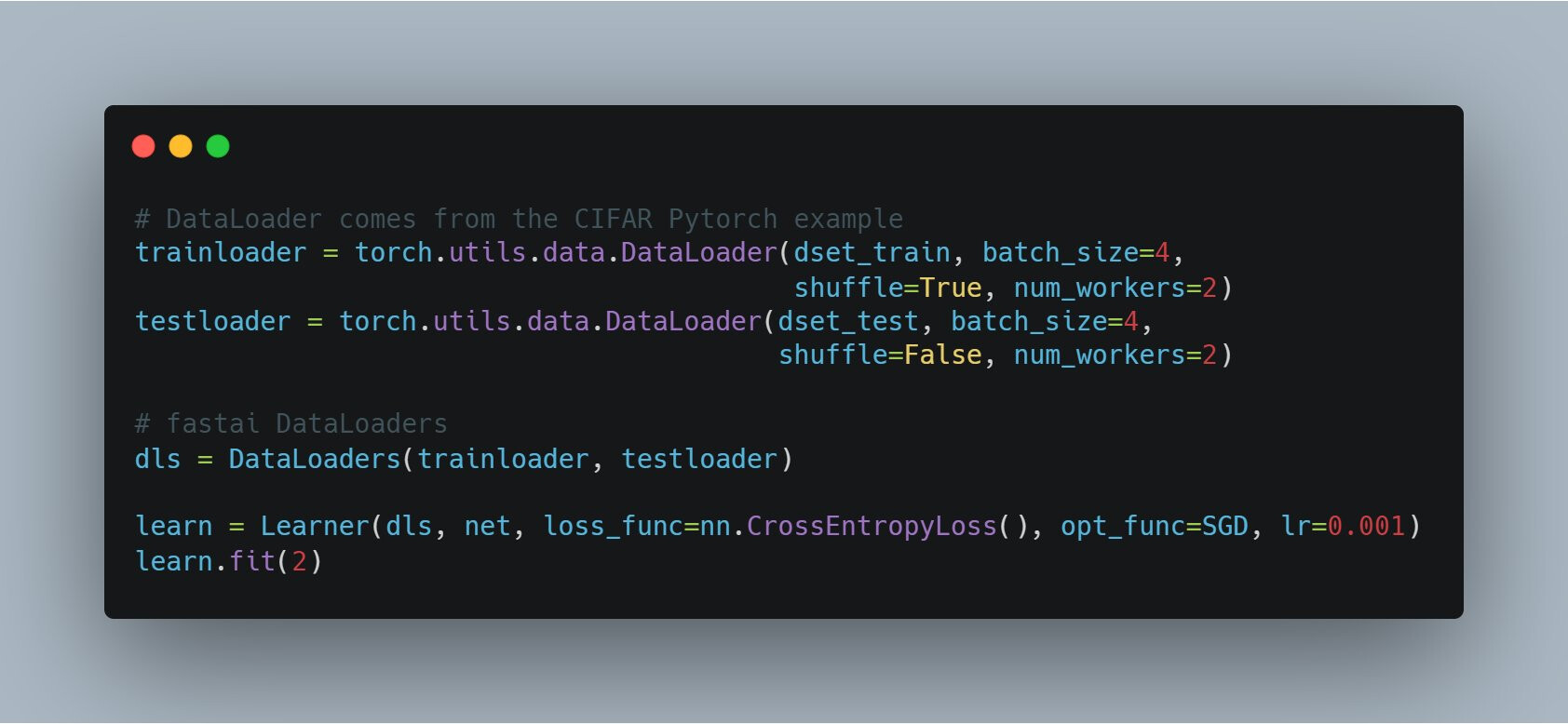
Pytorch dataloader without labels
Load custom image datasets into PyTorch DataLoader without using ... DataLoader is an iterable that abstracts this complexity for us in an easy API. Iterate DataLoader We have loaded that dataset into the DataLoader and can iterate through the dataset as needed. Each iteration below returns a batch of train_features and train_labels. It containing batch_size=32 features and labels respectively. 使用pytorch加载自己的数据集并搭建LeNet5网络进行训练 - PythonTechWorld 使用pytorch加载数据集首先要清楚数据集的格式。. 我拿到的数据集是读取一个电子显示器上的数字的图片,这个显示器一次显示5个数字,事先已经对图片进行的预处理,将5个数字切割成单个的数字,切割的做法有利于简化问题,直接识别单个数字即可,只需要 ... Loading own train data and labels in dataloader using pytorch? Assuming both of x_data and labels are lists or numpy arrays, train_data = [] for i in range (len (x_data)): train_data.append ( [x_data [i], labels [i]]) trainloader = torch.utils.data.DataLoader (train_data, shuffle=True, batch_size=100) i1, l1 = next (iter (trainloader)) print (i1.shape) Share Improve this answer Follow
Pytorch dataloader without labels. Image Data Loaders in PyTorch - PyImageSearch A PyTorch Dataset provides functionalities to load and store our data samples with the corresponding labels. In addition to this, PyTorch also has an in-built ... A PyTorch DataLoader accepts a ... able to access all of Adrian's tutorials in a single indexed page and being able to start playing around with the code without going through ... Create a pyTorch testing Dataset (without labels) This works well for my training data, but I get an error ( KeyError: " ['label'] not found in axis") when loading the testing csv file, which is identical other than there being no "label" column. If it helps, the intended input csv file is MNIST data in csv file which has 28*28 feature columns. Training Neural Networks with Validation using PyTorch Aug 19, 2021 · PyTorch is one such library that provides us with various utilities to build and train neural networks easily. When it comes to Neural Networks it becomes essential to set optimal architecture and hyper parameters. ... DataLoader is a data loading utility in PyTorch that creates an iterable over these batches of the dataset. Let’s start by ... Transfer Learning with ResNet in PyTorch | Pluralsight May 05, 2020 · Identity function will map well with an output function without hurting NN performance. It will ensure that higher layers perform as well as lower layers. ResNet Blocks. ... The Pytorch API calls a pre-trained model of ResNet18 by using models.resnet18 ... 7 train_acc = [] 8 total_step = len (train_dataloader) 9 for epoch in range ...
GitHub: Where the world builds software · GitHub GitHub: Where the world builds software · GitHub 04. PyTorch Custom Datasets 04. PyTorch Custom Datasets¶. In the last notebook, notebook 03, we looked at how to build computer vision models on an in-built dataset in PyTorch (FashionMNIST). The steps we took are similar across many different problems in machine learning. Find a dataset, turn the dataset into numbers, build a model (or find an existing model) to find patterns in those numbers that can … PyTorch DataLoader: A Complete Guide • datagy Accessing Data and Targets in a PyTorch DataLoader As you saw above, the code above, the DataLoader will return an object that contains both the data and the target (if the dataset contains both). We can access each item and its labels by iterating over the batches. Lets see how this is conventionally done: Pytorch triplet loss dataloader - diupp.leipzig … PyTorch has seen increasing popularity with deep learning researchers thanks to its speed and flexibility With Pytorch's TensorDataset, DataLoader, we can wrapping features and its labels so we can easily loop to get the train data and its label during training . ... 10 Plot the loss at each iteration; VI PyTorch and R data structures; 14. The ...
LightningModule — PyTorch Lightning 1.9.0dev documentation LightningModule API¶ Methods¶ all_gather¶ LightningModule. all_gather (data, group = None, sync_grads = False) [source] Allows users to call self.all_gather() from the LightningModule, thus making the all_gather operation accelerator agnostic. all_gather is a function provided by accelerators to gather a tensor from several distributed processes.. Parameters. data¶ (Union … PyTorch: Training your first Convolutional Neural Network … Jul 19, 2021 · Line 102 shows the benefit of using PyTorch’s DataLoader class — all we have to do is start a for loop over the DataLoader object. PyTorch automatically yields a batch of training data. Under the hood, the DataLoader is also shuffling our training data (and if we were doing any additional preprocessing or data augmentation, it would happen ... python - Adding custom labels to pytorch dataloader/dataset does not ... ds = Dataset ('../input/train') Now, you can instantiate the DataLoader: dl = DataLoader (ds, batch_size=TRAIN_BATCH_SIZE, shuffle=False, num_workers=4, drop_last=True) This will create batches of your data that you can access as: for image, label in dl: print (label) Share Improve this answer Follow answered Jun 26, 2019 at 14:08 Sai Krishnan torch_geometric.data — pytorch_geometric documentation Parameters. subset_dict (Dict[str, LongTensor or BoolTensor]) – A dictonary holding the nodes to keep for each node type.. node_type_subgraph (node_types: List [str]) → HeteroData [source] . Returns the subgraph induced by the given node_types, i.e. the returned HeteroData object only contains the node types which are included in node_types, and only contains the edge types …
Multi-GPU Training 🌟 · Issue #475 · ultralytics/yolov5 · GitHub Jul 22, 2020 · 💡 ProTip! Docker Image is recommended for all Multi-GPU trainings. See Docker Quickstart Guide 💡 ProTip! torch.distributed.run replaces torch.distributed.launchin PyTorch>=1.9.See docs for details.. Training. Select a pretrained model to start training from. Here we select YOLOv5s, the smallest and fastest model available.See our README table for …
How to use Datasets and DataLoader in PyTorch for custom text … May 14, 2021 · First, we create two lists called ‘text’ and ‘labels’ as an example. text_labels_df = pd.DataFrame({‘Text’: text, ‘Labels’: labels}): This is not essential, but Pandas is a useful tool for data management and pre-processing and will probably be used in your PyTorch pipeline. In this section the lists ‘text’ and ‘labels ...
Dataloader from numpy array without labels? - PyTorch Forums #1 I have 100 images read as numpy array of shape (100,100,100,3). I want to create a dataloader from this array but without labels( For GAN). Please help me to create a dataloader for pytorch Eta_CJanuary 15, 2020, 5:46am #2 # Dataset with labels def __getitem__(self, item): x, y = get_image(item), get_label(item)
Loading own train data and labels in dataloader using pytorch? Assuming both of x_data and labels are lists or numpy arrays, train_data = [] for i in range (len (x_data)): train_data.append ( [x_data [i], labels [i]]) trainloader = torch.utils.data.DataLoader (train_data, shuffle=True, batch_size=100) i1, l1 = next (iter (trainloader)) print (i1.shape) Share Improve this answer Follow
使用pytorch加载自己的数据集并搭建LeNet5网络进行训练 - PythonTechWorld 使用pytorch加载数据集首先要清楚数据集的格式。. 我拿到的数据集是读取一个电子显示器上的数字的图片,这个显示器一次显示5个数字,事先已经对图片进行的预处理,将5个数字切割成单个的数字,切割的做法有利于简化问题,直接识别单个数字即可,只需要 ...
Load custom image datasets into PyTorch DataLoader without using ... DataLoader is an iterable that abstracts this complexity for us in an easy API. Iterate DataLoader We have loaded that dataset into the DataLoader and can iterate through the dataset as needed. Each iteration below returns a batch of train_features and train_labels. It containing batch_size=32 features and labels respectively.


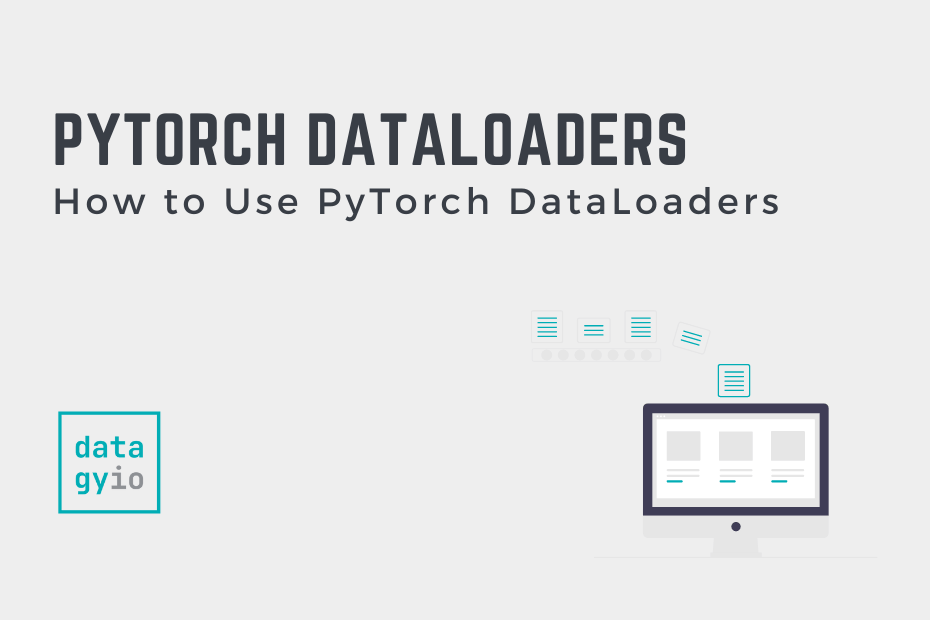

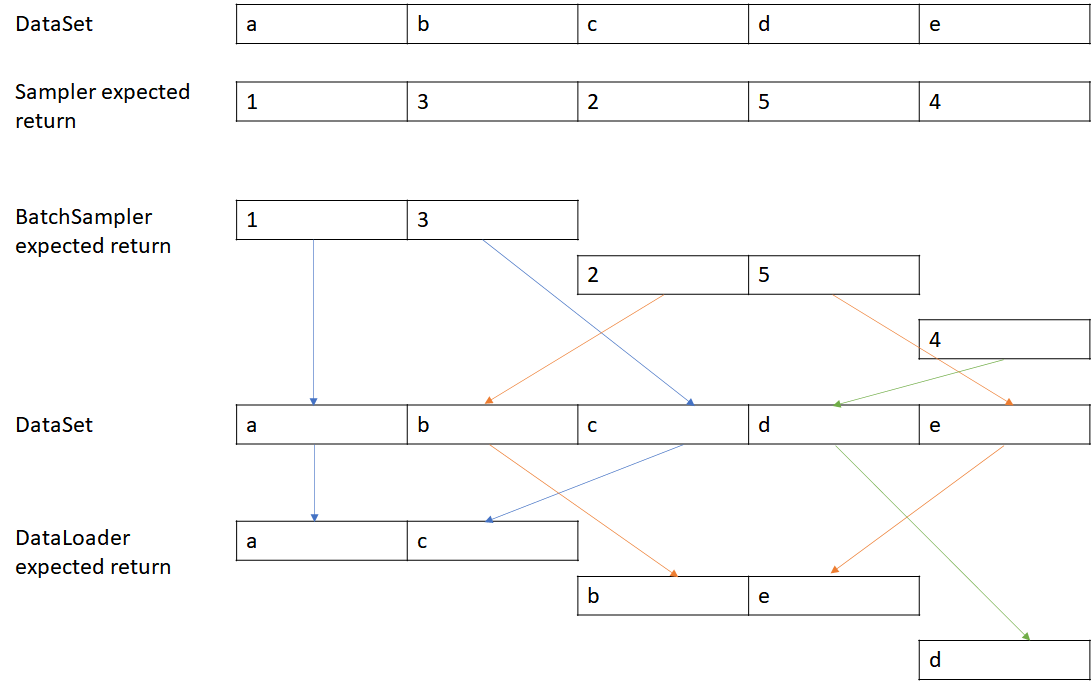


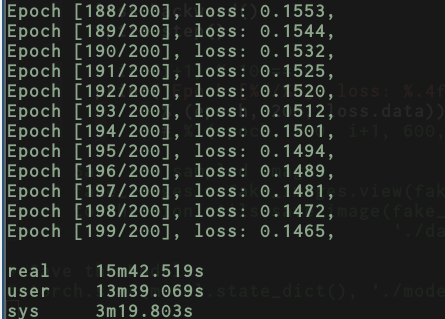
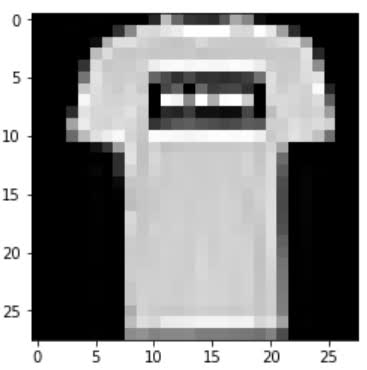

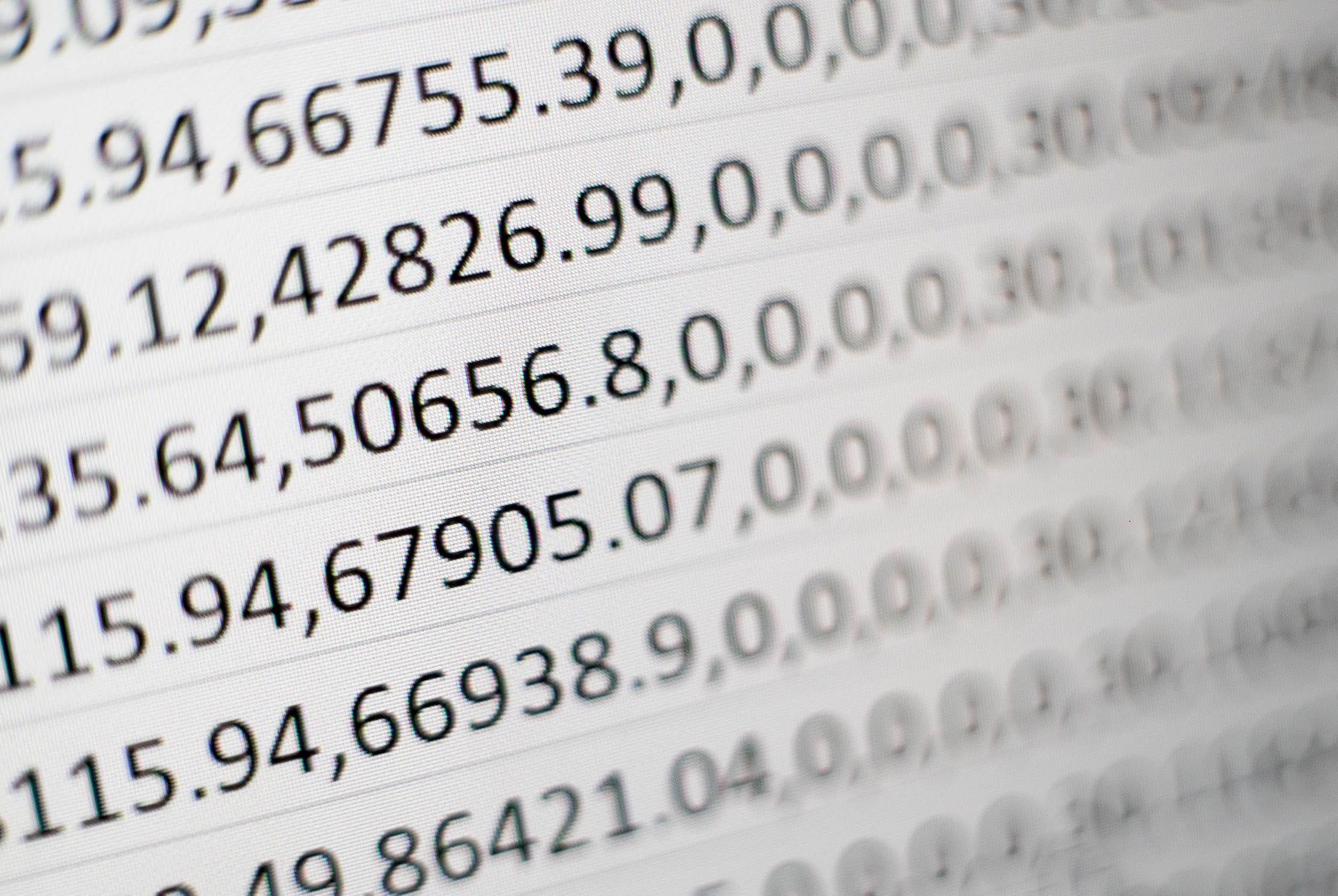

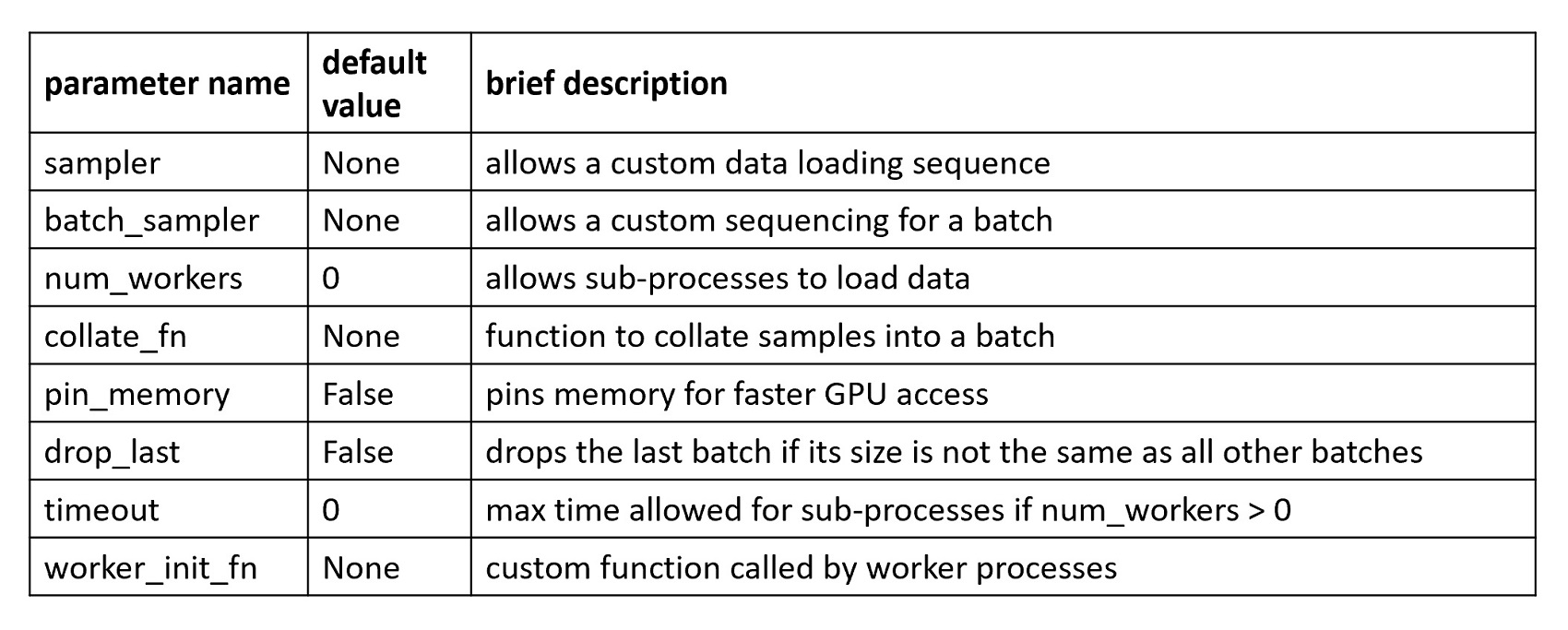
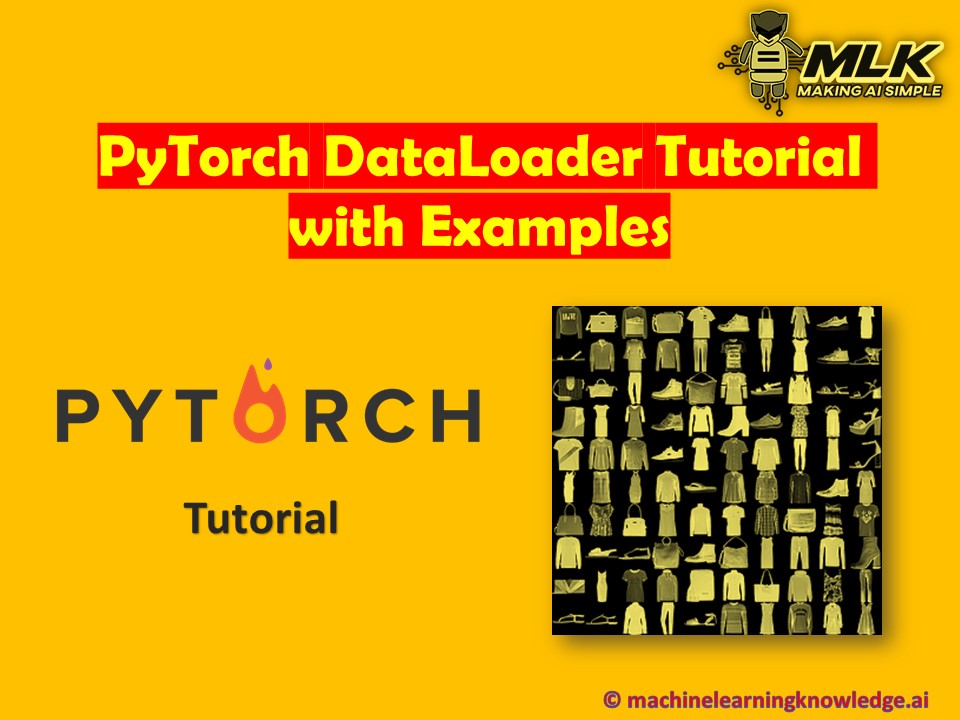



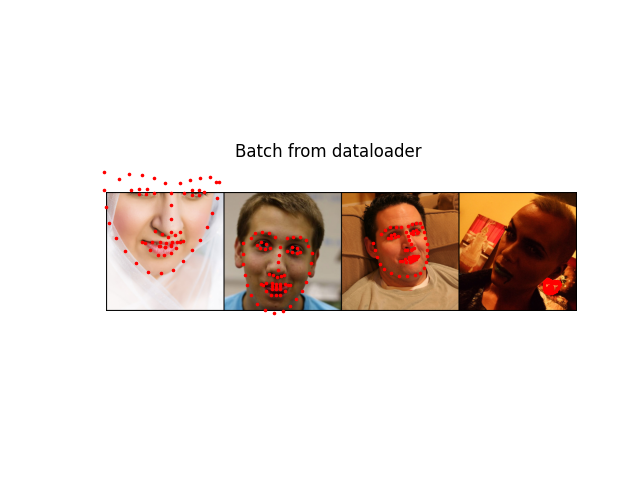


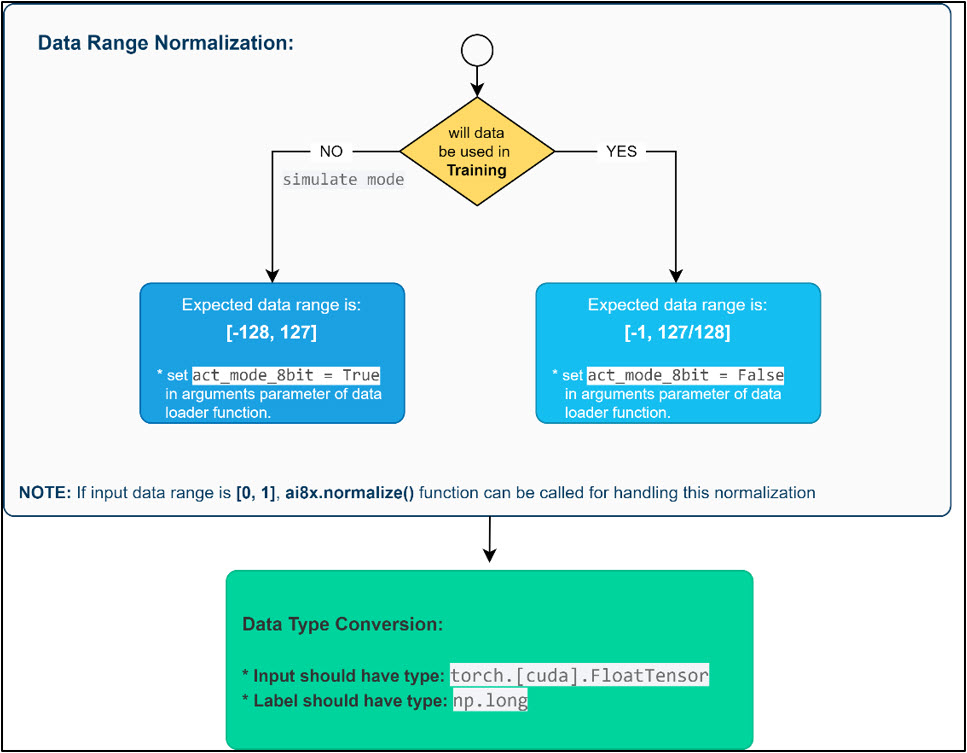
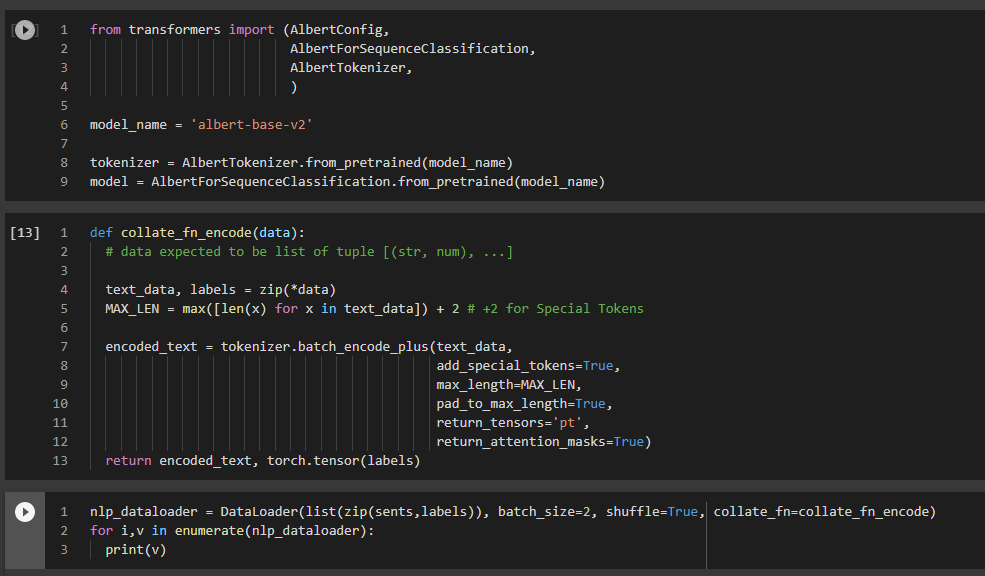
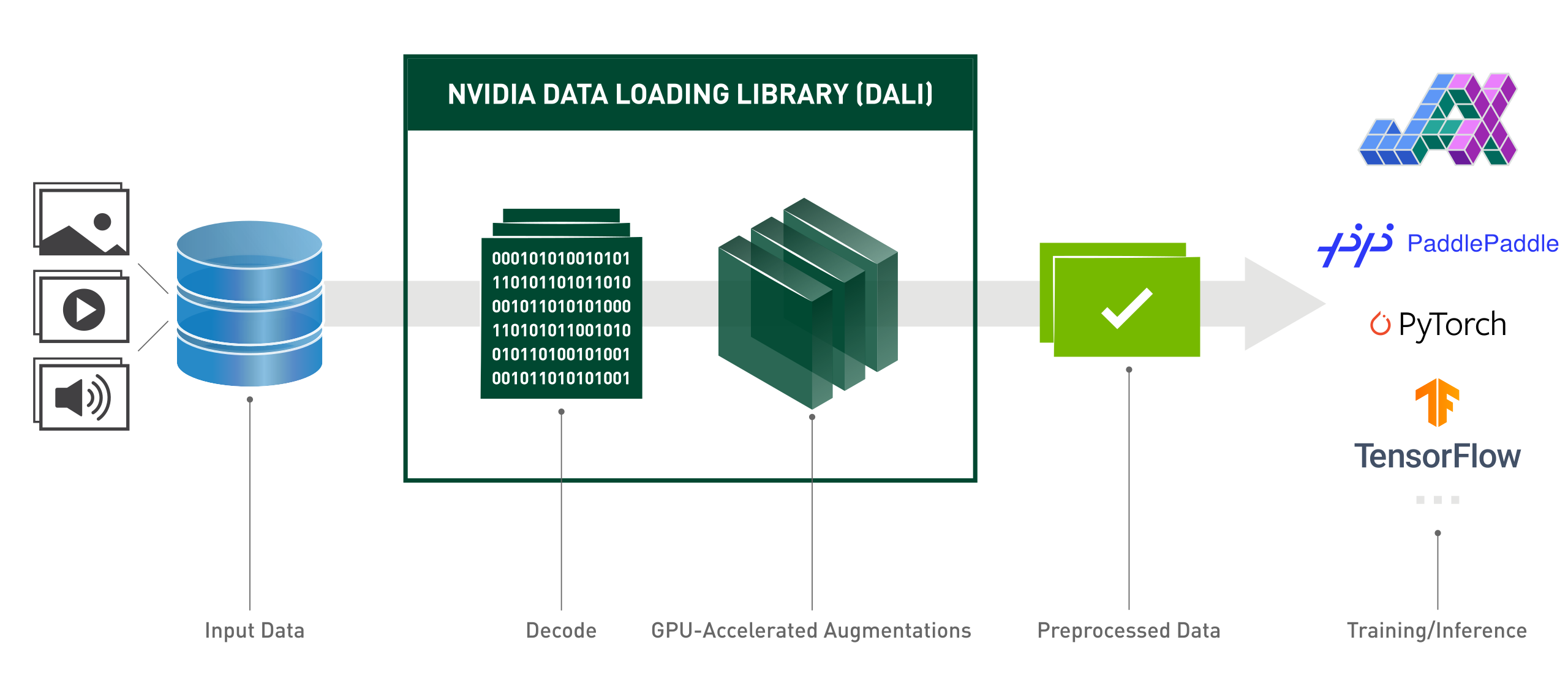
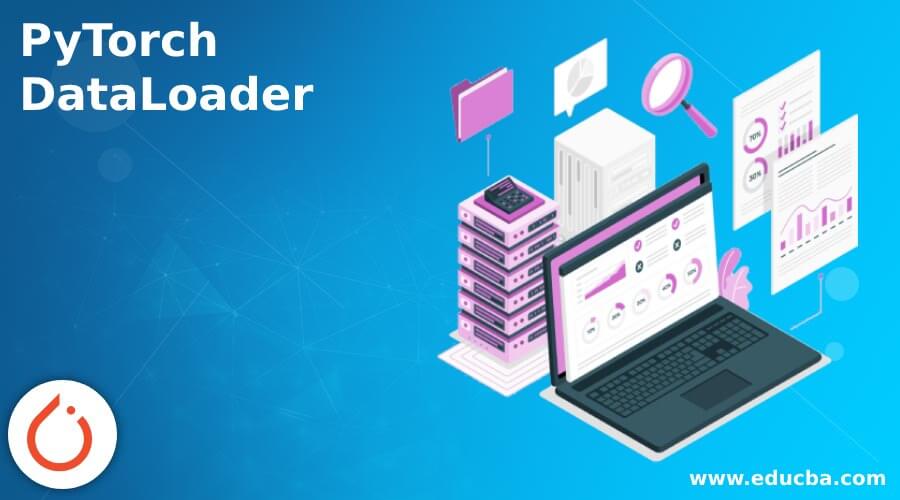

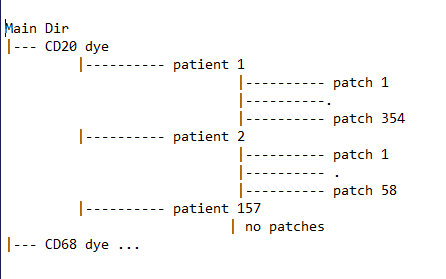


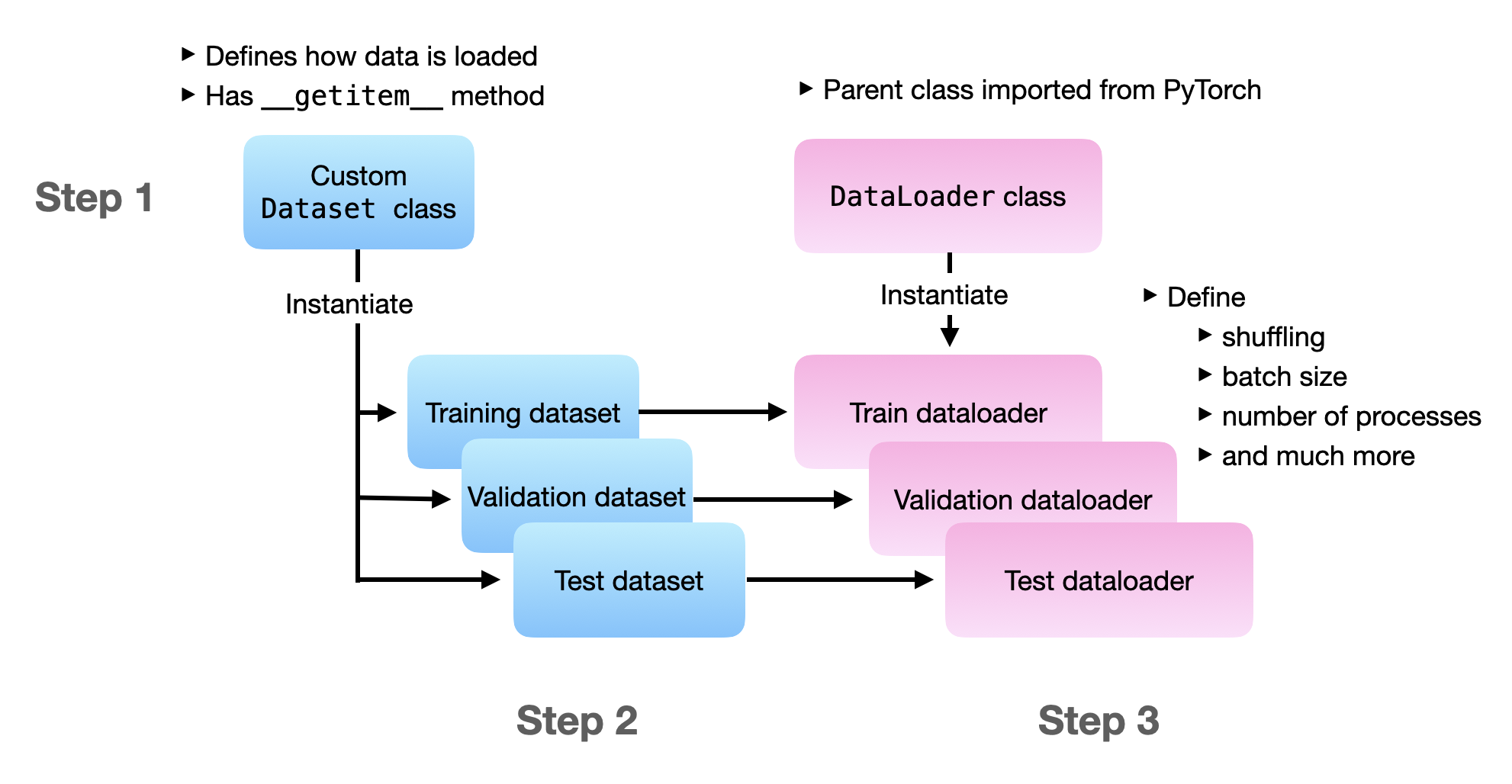
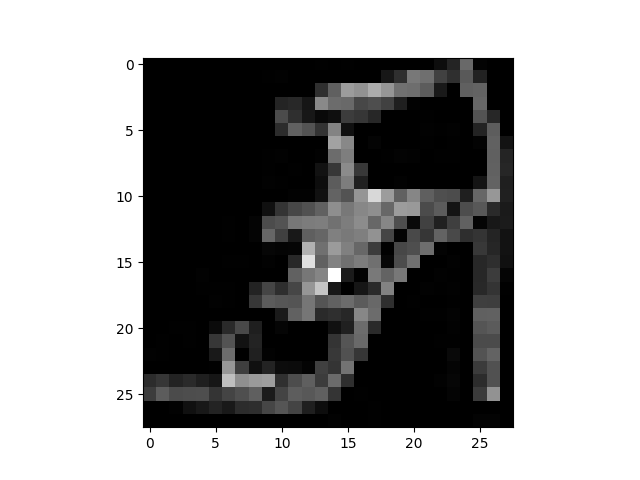



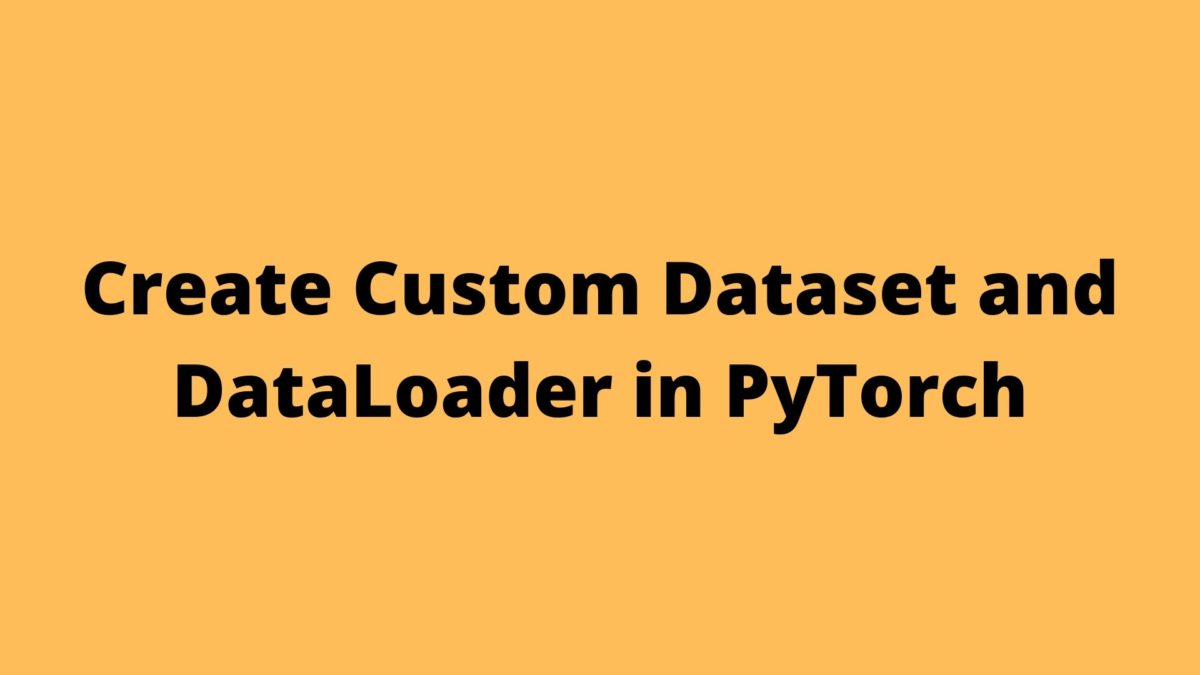
Post a Comment for "40 pytorch dataloader without labels"